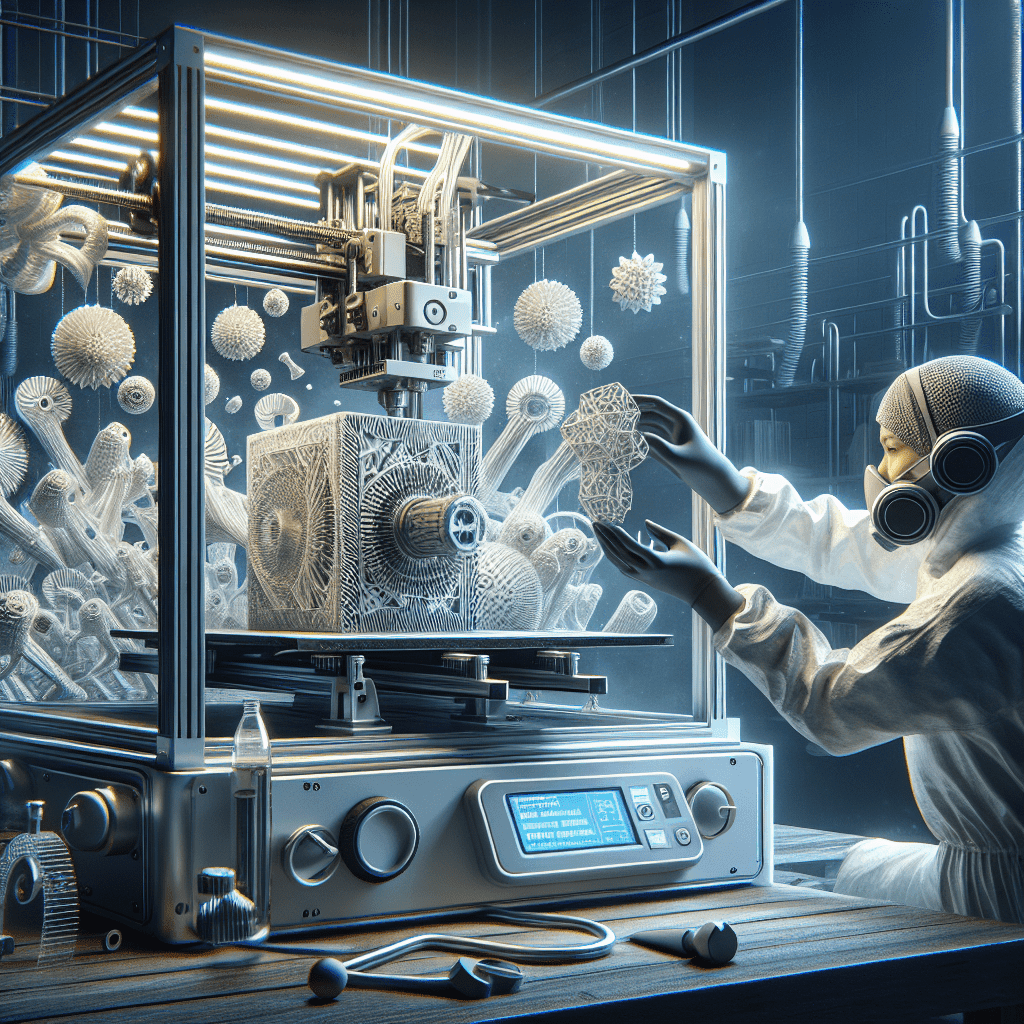Table of Contents
Introduction
Stepper motors are an essential component in 3D printers, providing precise control over the movement of the print head and build platform. The performance of a 3D printer is heavily dependent on the proper adjustment of stepper motor current, as this parameter directly affects the motor’s torque and speed capabilities. In this article, we will discuss the importance of stepper motor current adjustment in 3D printing, and how it can be optimized to maximize performance.
Understanding Stepper Motors
Stepper motors are electromechanical devices that convert electrical pulses into precise mechanical movements. They are widely used in 3D printers due to their ability to move in discrete steps, allowing for accurate positioning of the print head and build platform. Stepper motors consist of multiple coils and a rotor with teeth, which interact to produce rotational motion.
One of the key parameters that determine the performance of a stepper motor is its current rating. The current rating specifies the maximum amount of current that the motor can handle without overheating. By adjusting the current supplied to the motor, it is possible to control its torque output and speed, enabling precise control over the movement of the print head and build platform.
Importance of Stepper Motor Current Adjustment
Proper adjustment of stepper motor current is crucial for achieving optimal performance in a 3D printer. Here are some of the reasons why the current adjustment is important:
1. Torque and Speed Control: By adjusting the current supplied to the stepper motor, it is possible to control the amount of torque generated by the motor. Higher current levels result in increased torque, allowing the motor to move heavier loads or overcome resistance. Similarly, adjusting the current can also affect the speed at which the motor operates, enabling faster or slower movements as required.
2. Heat Management: Stepper motors can produce a significant amount of heat during operation, especially when running at high currents. By properly adjusting the current, it is possible to minimize heat generation and prevent the motor from overheating. Overheating can lead to reduced motor lifespan and degraded performance, making it essential to optimize current levels for efficient operation.
3. Noise Reduction: Stepper motors can produce audible noise during operation, particularly when running at high currents. By adjusting the current to an optimal level, it is possible to reduce noise levels and create a more pleasant working environment. Noise reduction is particularly important in 3D printing, as it can affect the quality of the printed objects and overall user experience.
Optimizing Stepper Motor Current
To maximize the performance of a 3D printer, it is important to optimize the stepper motor current settings. Here are some tips for adjusting the current levels:
1. Consult the Motor Manufacturer: Stepper motors come with a specified current rating, which should be used as a guideline for adjusting the current levels. Consult the motor manufacturer’s specifications to determine the recommended current range for optimal performance.
2. Use a Multimeter: To adjust the current levels, it is necessary to measure the actual current flowing through the motor coils. Use a multimeter to measure the current and adjust the settings accordingly. Be careful not to exceed the maximum current rating of the motor, as this can lead to overheating and damage.
3. Test and Iterate: After adjusting the current settings, test the performance of the stepper motor by running a print job. Pay attention to the movement of the print head and build platform, as well as any noise or heat generated by the motor. Iterate on the current settings until optimal performance is achieved.
Conclusion
Stepper motor current adjustment plays a critical role in maximizing the performance of a 3D printer. By optimizing the current levels, it is possible to control torque and speed, manage heat generation, and reduce noise levels. Proper adjustment of stepper motor current can lead to improved print quality, increased efficiency, and extended motor lifespan. By following the tips and guidelines provided in this article, 3D printer enthusiasts can achieve optimal performance and enhance their printing experience.
Frequently Asked Questions
What is the recommended current range for stepper motors in 3D printing?
The recommended current range for stepper motors can vary depending on the specific motor model and manufacturer. Consult the motor specifications for the optimal current settings.
How can I adjust the current levels of a stepper motor?
Stepper motor current can be adjusted using a driver board or controller that allows for fine-tuning of the current settings. Use a multimeter to measure the current and adjust the settings accordingly.
What are the consequences of running a stepper motor at too high a current?
Running a stepper motor at too high a current can lead to overheating, reduced motor lifespan, and degraded performance. It is important to stay within the recommended current range to prevent damage.
Can adjusting the current levels improve the print quality of a 3D printer?
Yes, optimizing the current levels of stepper motors can lead to improved print quality by enabling precise control over the movement of the print head and build platform. This can result in smoother surfaces and more accurate prints.
